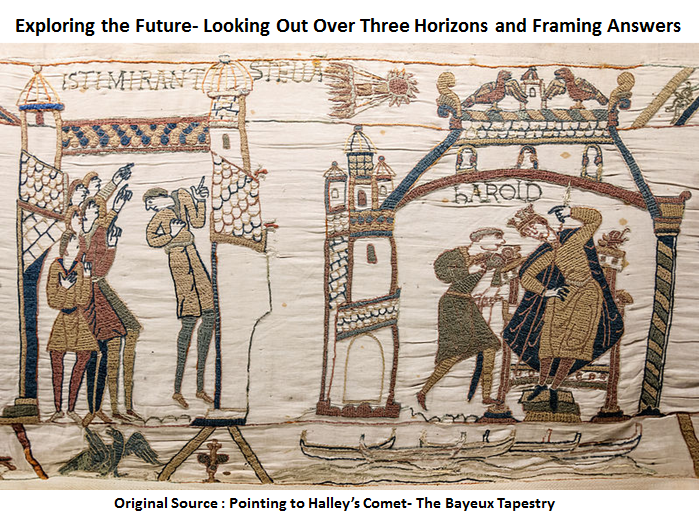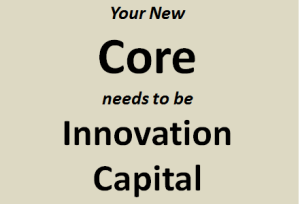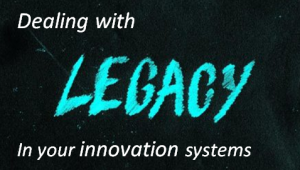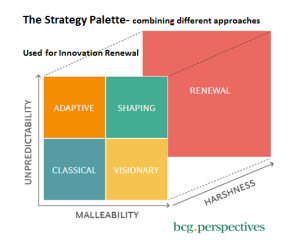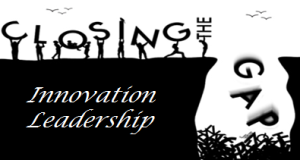 Organizations are struggling to understand the behaviors of the ‘connected’ customer. Partly it seems executives don’t engage with their brand or business in the way that their customers do. There is often a difference in understanding the value creating points between them
Organizations are struggling to understand the behaviors of the ‘connected’ customer. Partly it seems executives don’t engage with their brand or business in the way that their customers do. There is often a difference in understanding the value creating points between them
The lack of having a well mapped out customer journey means missing out on opportunities caused by not knowing this complete set of connections being made into you. By not knowing all these connecting points and drawing them together in a cohesive plan, there is a significant chance you are simply restricting the developing of innovation solutions that map back to all the decision-making that is going on in the customers’ minds.
This failure to optimize and seize upon all the possible options to connect with your customers is restricting your ability to broaden out your innovation solutions, making the journey more value creating, it certainly can be really holding your business back.
As you explore the digital transformation path this can become your best opportunity to connect along the total customer experience and see a greater return on this understanding and investment.



